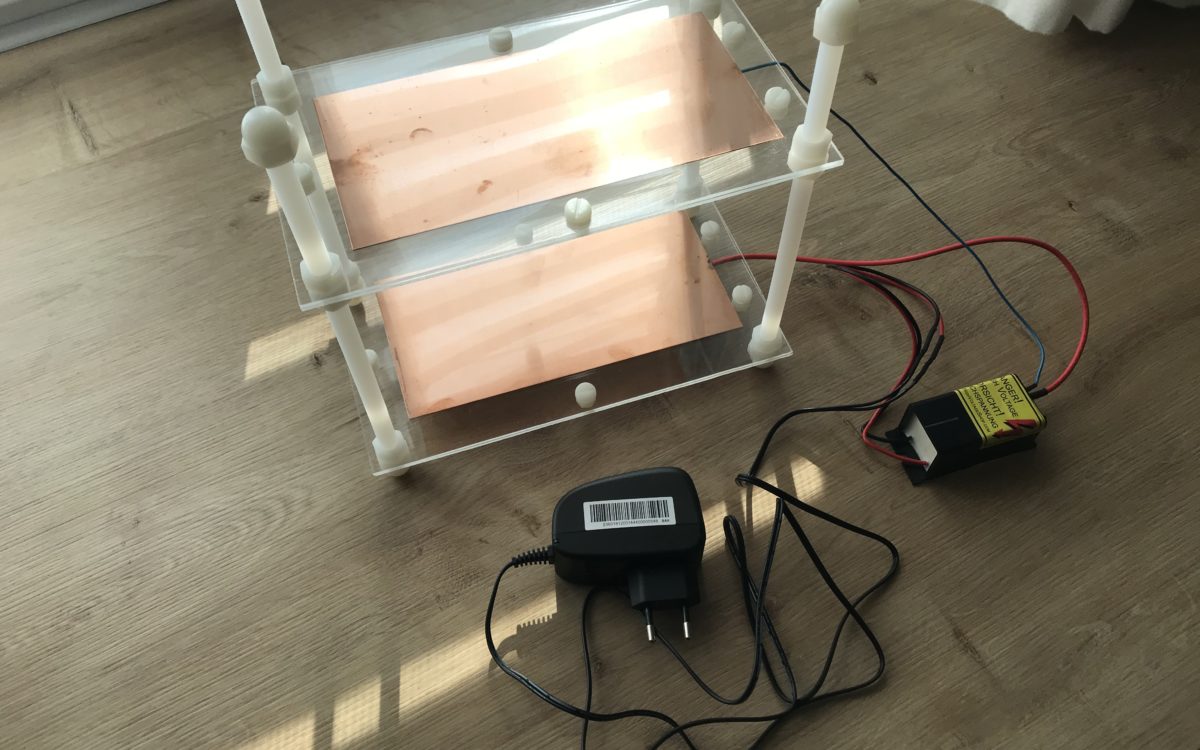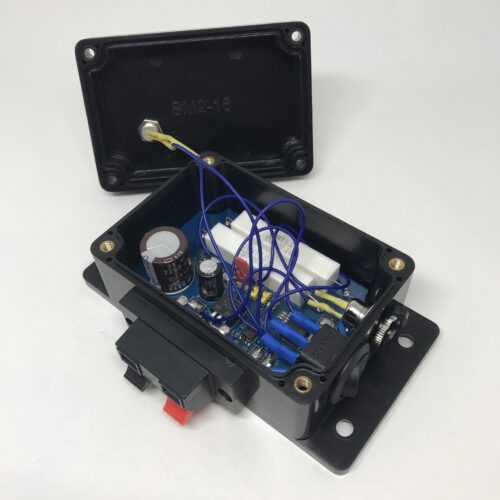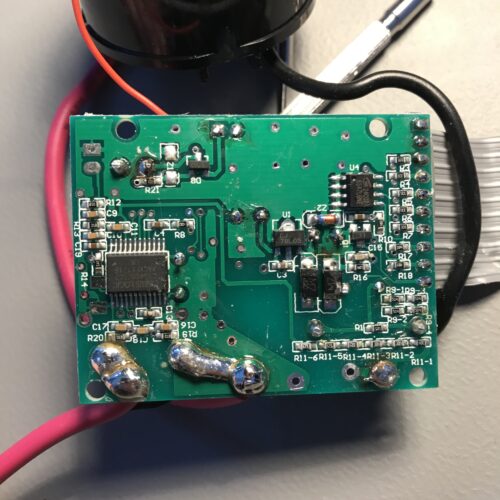The Primeval Code theory claims that if seeds of certain plants are exposed to certain levels of electrostatic fields before or during germination, then an original form or a form with significantly higher yield can be grown.
I personally doubt that, as is sounds just like another esoteric theory. Nevertheless, I decided to build a minimalistic device to try it out.
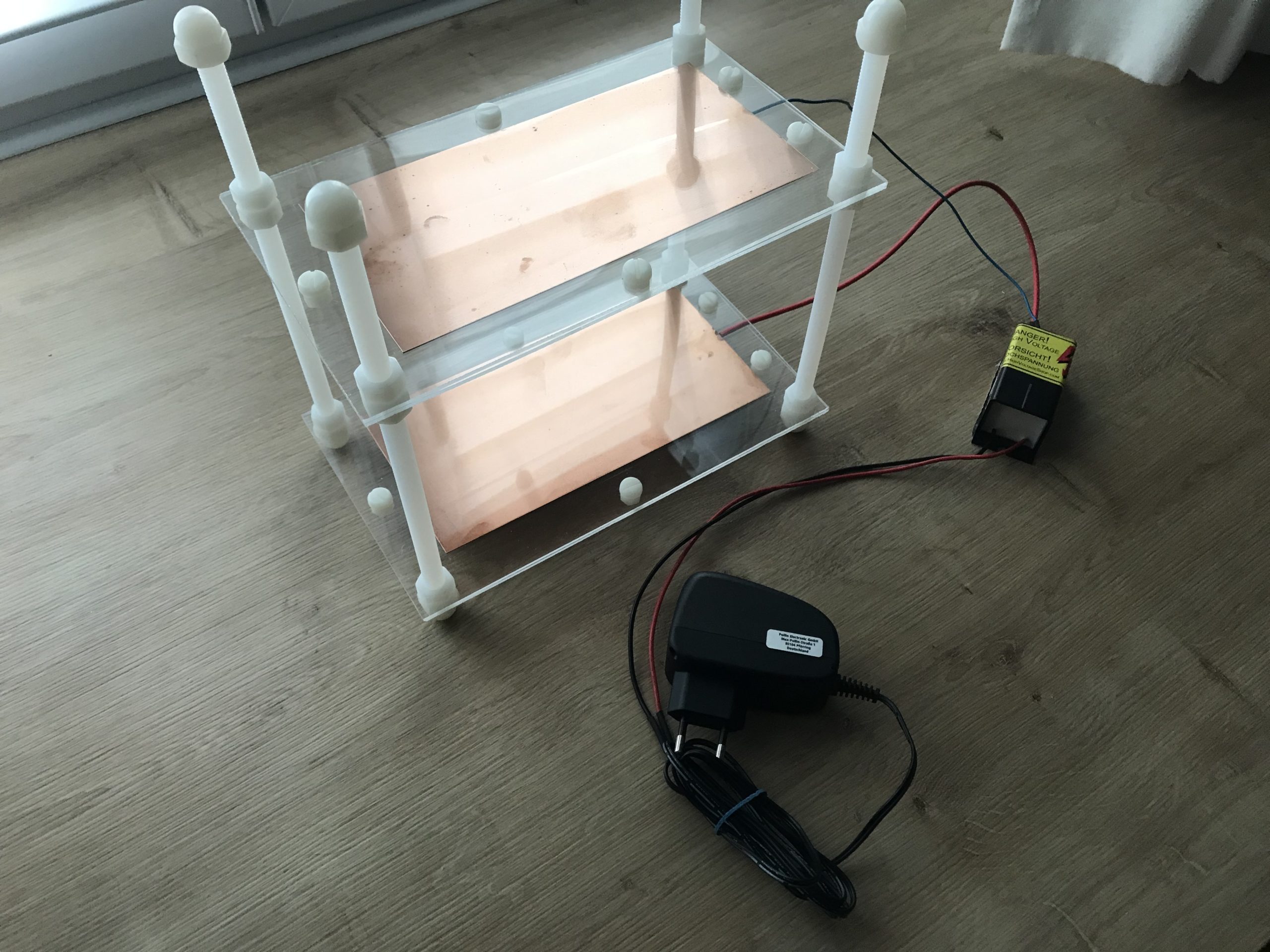
The electric field generator consists of two copper plates mounted on top of each other. Distance is maintained by nylon threaded rods and plexiglass covers. A small high voltage DC Generator is connected to the copper plates, with the positive pole on the bottom and the negative pole on the top. It outputs 10kV. By varying the distance between the plates using the nylon rods and nuts, the electric field intensity can be changed. It is possible to generate fields from around 450 V/cm up to 5000 V/cm, depending on the claimed requirements of the plant seeds.
The high voltage generator has no indication if it really outputs the 10kV or not and since I wanted to make sure the generator worked I had to measure 10kV somehow.
This is possible by using e.g. a 50:1 voltage divider with sufficient total resistance to not let the output voltage of the generator collapse. My first try did not work well, since insulation distance on the breadboard was insufficient (the bottom side of the breadboard had copper pads around all the holes drilled). This led to a wrong dividing ratio.
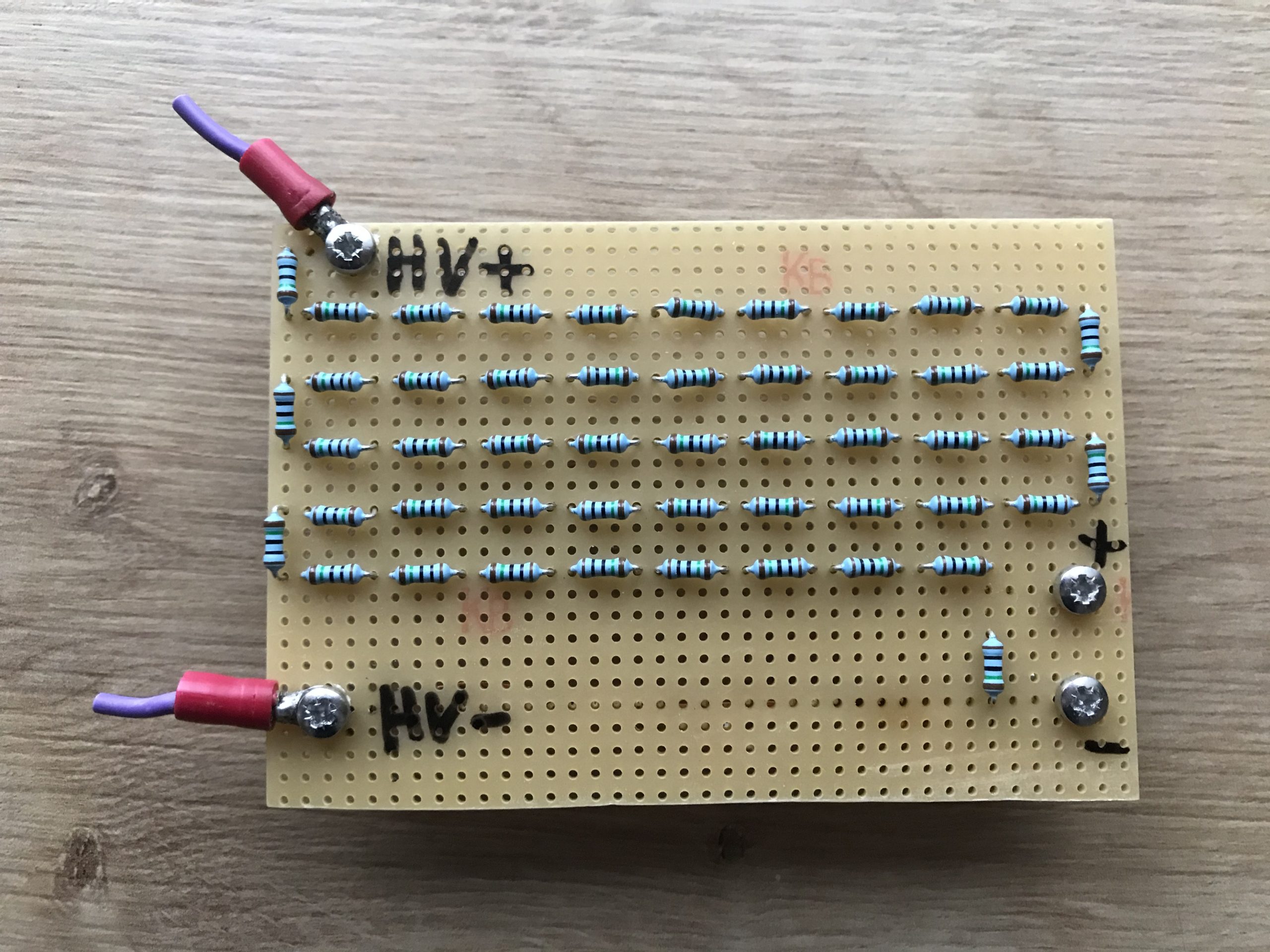
On my second try I beefed it up a little and soldered fifty 10 MOhm resistors in series covered by shrink tube.
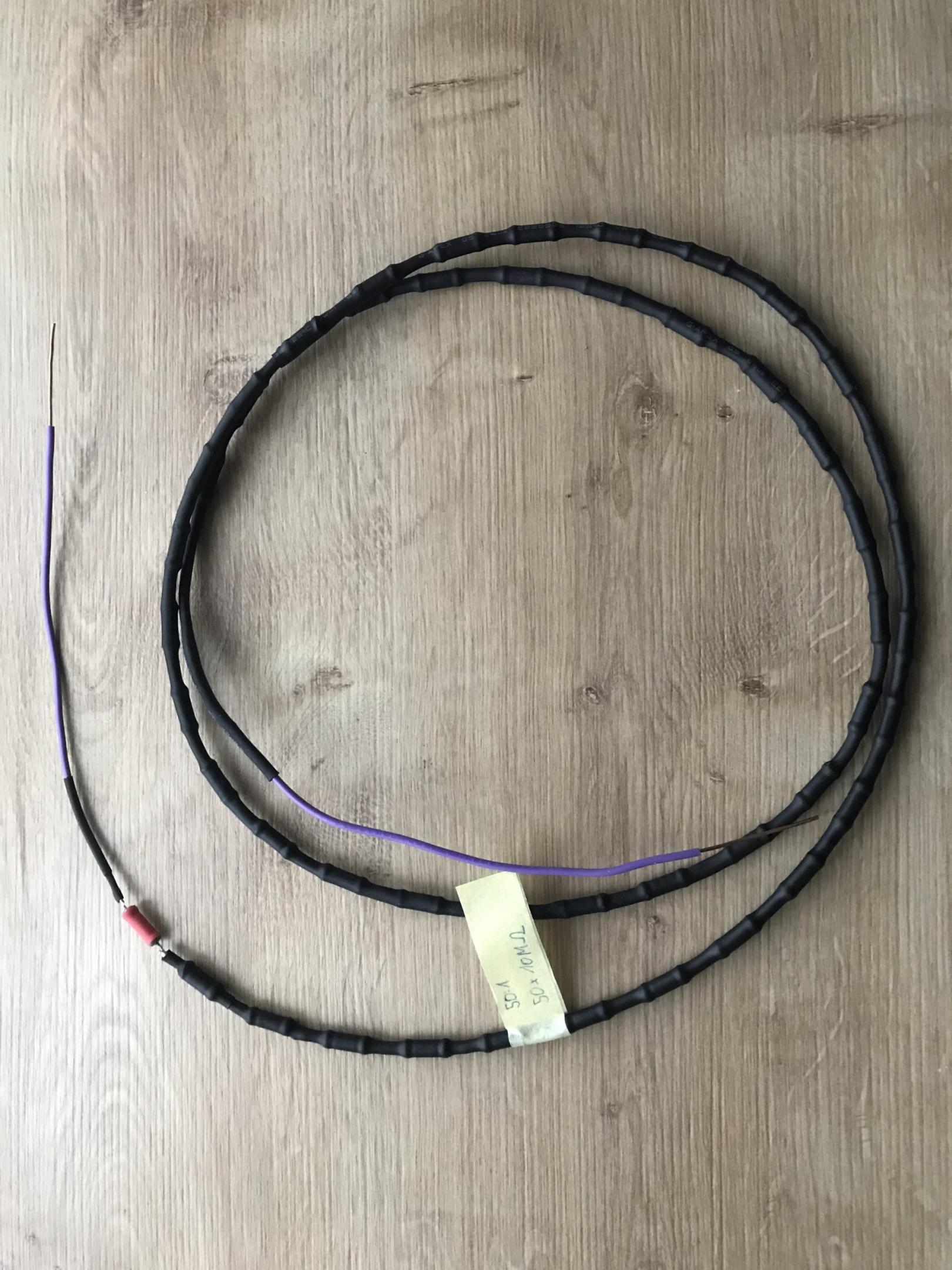
Measuring the voltage across the resistor not covered by shrink tube enables verification if the generator works or not. The multimeter has an internal resistance of 10 MOhm as well, making it 5 MOhm for the “last resistor”.
Expected voltage is 101V. The resistors have a 5% tolerance and 50 of them are used, so some deviation might cancel out, but deviation from the calculated value is still very much expected.
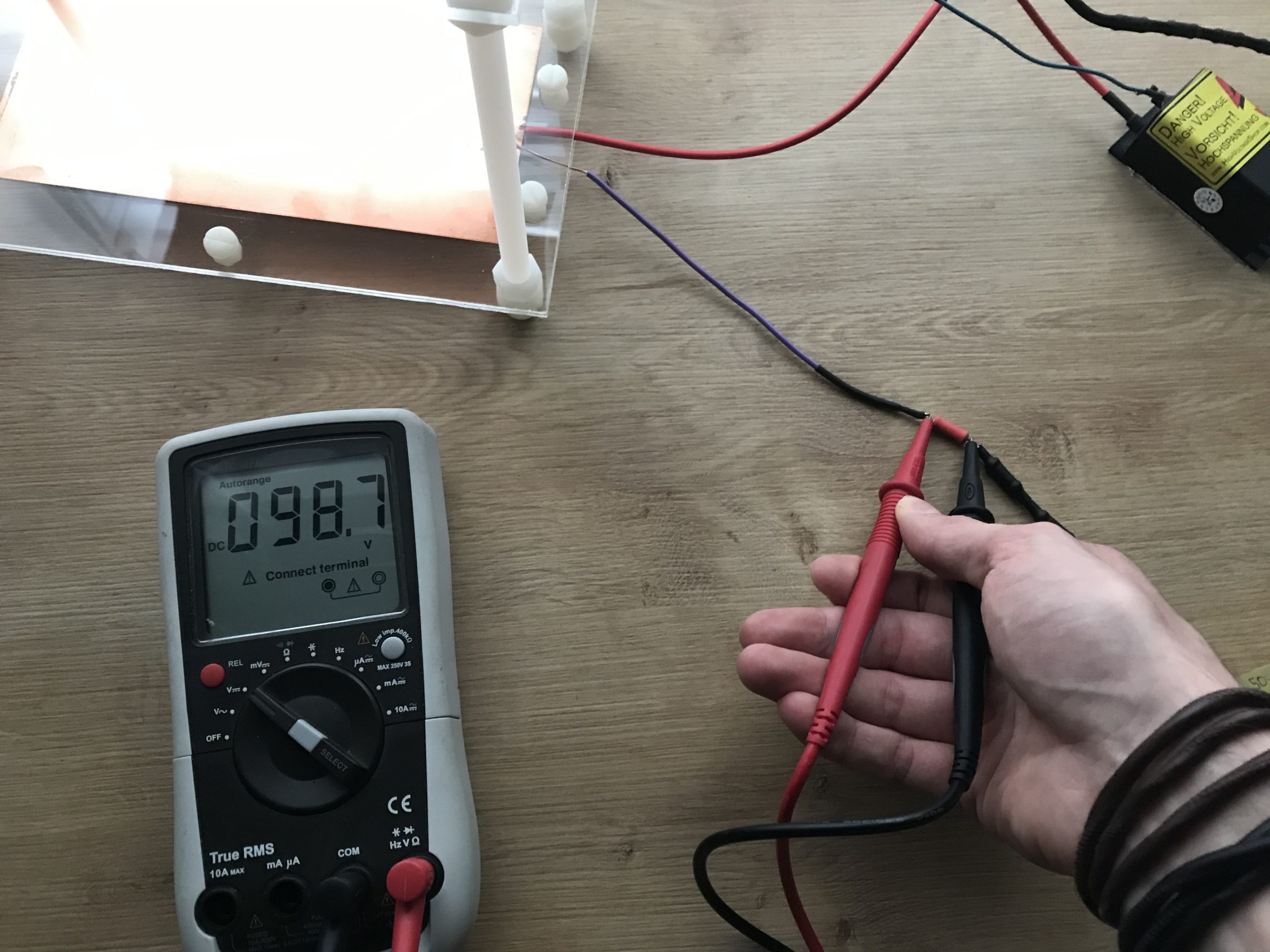
With a voltage reading of 98,7V it is safe to say, that the generator unit works as expected and is ready for experiments.
Summary
With this setup, an electrostatic field of approx. 450 V/cm to approx. 5000 V/cm can be generated. This setting range excellently covers the claimed individually required field strengths of most plants in order to achieve the best possible results. The arrangement of the copper plates allows a tray of plant seeds or similar to be placed in the field to gain knowledge about the effects of electrostatic fields on them and to conduct tests and experiments accordingly.
The field strength prevailing between the insulated copper plates can be changed by adjusting the height of the upper plate. The distance between the plates can be adjusted with the plastic nuts on the threaded rods.
Using the formula d = 10 000 / E, the required distance “d” in cm for a certain field strength can be calculated.
For example, if a specific plant seed is supposed to need 1250 V/cm (good for beans), calculate 10 000 [V] / 1250 [V/cm] = 8 cm.
If something requires 750 V/cm (apparently well-suited for tomatoes), calculate 10 000 [V] /750 [V/cm] = 13.3 cm.

